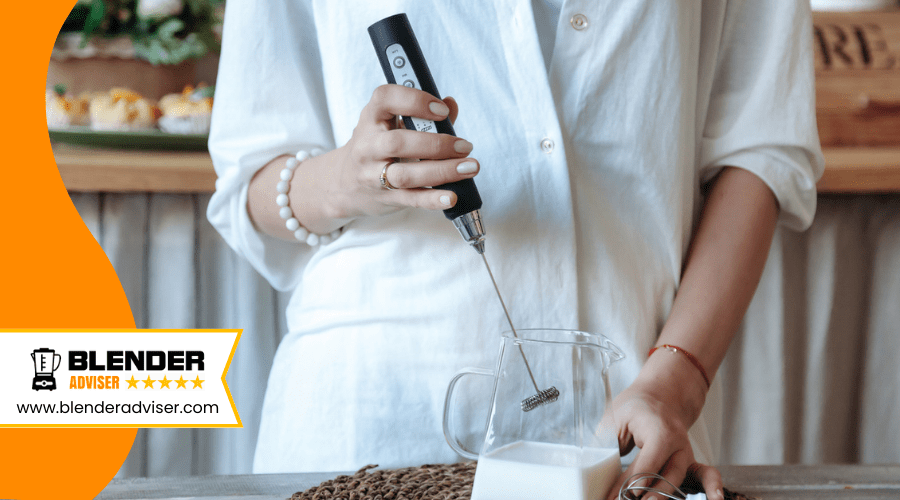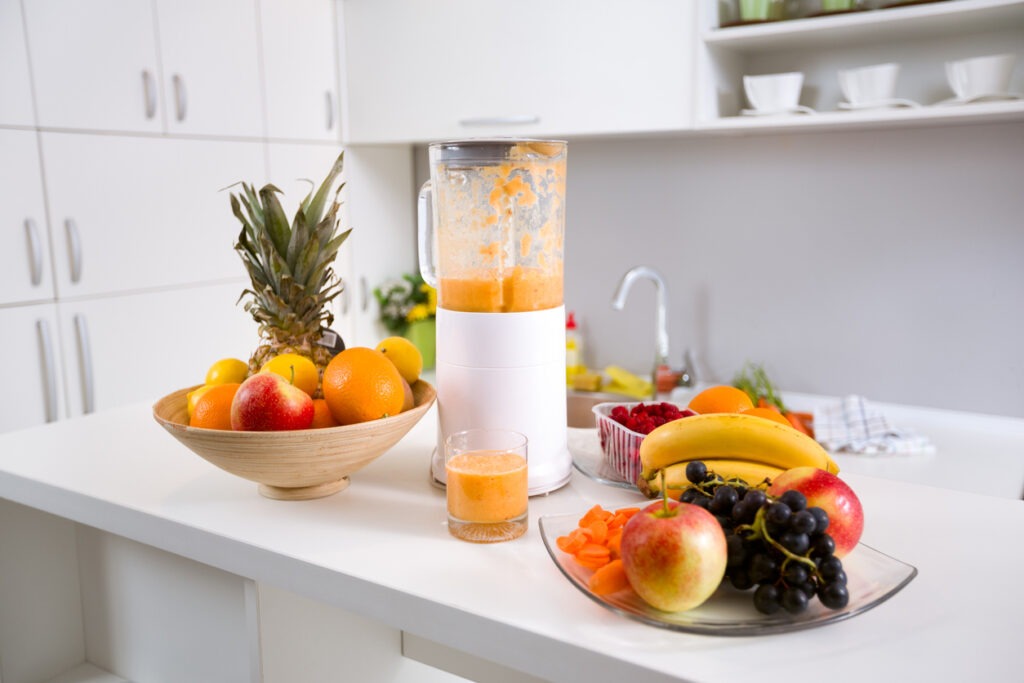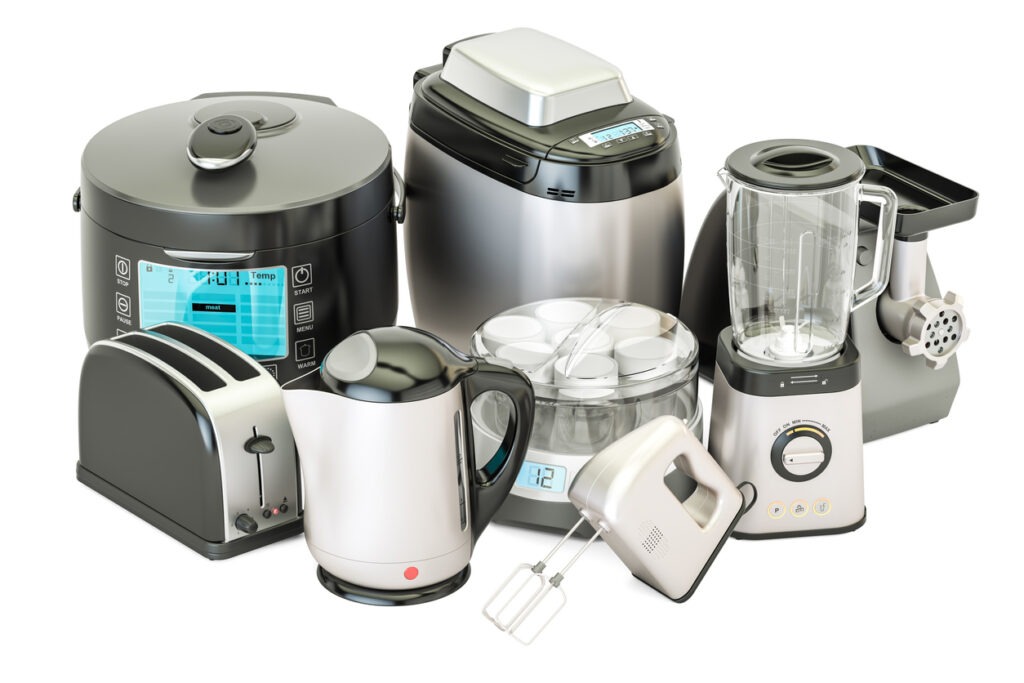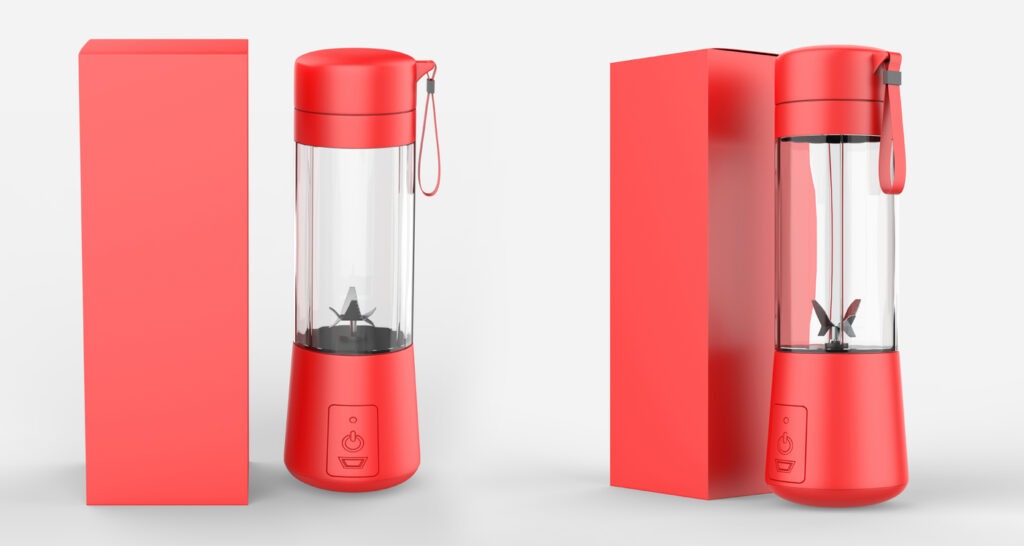In a world where convenience often takes the front seat, the question of whether a blender can liberate itself from the confines of a power outlet has garnered some attention. You might find yourself pondering the feasibility of a battery-powered blender as a solution for your on-the-go lifestyle. These portable devices promise to blend your smoothies or shakes anywhere, free from the tether of electrical cords.
But how do they stack up in terms of power, usability, and longevity? Let’s explore the capabilities and limitations of these cordless wonders, setting the stage for a discussion that might just change the way you think about kitchen appliances.
Understanding Portable Blenders
Portable blenders offer the convenience of blending on-the-go without the need for a power outlet. These compact blenders are a game-changer for those who love the efficiency and simplicity of preparing shakes, smoothies, or even baby food anywhere, anytime. Unlike their bulkier counterparts, they come with personal-size cups, making them perfect for a quick post-workout shake or a refreshing beverage while camping or traveling.
The secret behind their mobility lies in the lithium-ion batteries that power them. This means you’re not tethered to a wall socket, giving you the freedom to blend even in the most unconventional places.
While you might worry about power, these battery-powered blenders are designed to deliver good blending results for daily usage. They’re especially handy for those times when you’re away from home or when access to power is limited.
Key Features of Battery-Powered Blenders
Let’s explore the key features of battery-powered blenders that you’re likely curious about: their portable design benefits and battery life expectancy. You’ll find that these blenders offer the freedom to blend wherever you go, thanks to their cordless design. Understanding how long a blender can run on a single charge is crucial for assessing its convenience for outdoor activities or travel.
Portable Design Benefits
Why settle for a stationary blending experience when battery-powered blenders offer the freedom to mix your favorite smoothies and shakes anywhere, anytime? With a portable blender, you’re not just buying a gadget; you’re embracing a lifestyle of convenience and flexibility. Here’s why a battery-powered blender should be your next portable companion:
- Cordless Convenience: Enjoy the freedom of blending without being tethered to an outlet.
- Rechargeable Power: Equipped with lithium-ion batteries, these blenders ensure you can blend on the go.
- Integrated Serving Options: Comes with a pitcher or cup for immediate serving.
- LED Battery Indicators: Keep an eye on your blender’s battery life to avoid mid-blend interruptions.
Experience the seamless integration of power, portability, and practicality in your daily routine.
Battery Life Expectancy
After exploring the benefits of portability and convenience, it’s essential to consider how the battery life expectancy of your blender affects its performance and suitability for your lifestyle. Many models boast about 20 minutes of continuous blending per charge, highlighting the importance of battery life expectancy.
Knowing the charging times and battery life expectancy is key for an uninterrupted blending experience, making these features crucial when selecting your portable blender.
The Rise of Cordless Kitchen Appliances
You’ve seen the growing trend of cordless kitchen appliances, and it’s easy to see why they’re catching on. While the convenience and portability they offer can’t be overstated, you might wonder how the battery life stacks up for tasks like blending.
Let’s explore the benefits of going cordless and address any concerns about battery longevity you might have.
Benefits of Cordless Appliances
As the culinary world evolves, cordless kitchen appliances, including blenders, are becoming increasingly popular for their ability to offer unparalleled freedom and flexibility in meal preparation. The rise of devices like the cordless blender, powered by a battery, highlights a significant shift towards more adaptable and user-friendly kitchen tools. Here’s why these appliances are gaining traction:
- Freedom of Movement: No need for power outlets, allowing you to blend anywhere.
- Rechargeable Batteries: Provides the flexibility to use them even in areas without direct power access.
- Portability: Ideal for outdoor events, travel, or kitchens with limited outlets.
- Versatility: Battery-operated blenders don’t compromise performance, making them suitable for a wide range of blending tasks.
Battery Life Concerns
While cordless blenders offer unparalleled convenience, concerns about battery life remain a significant consideration for potential users. Models featuring an 11.1 Volt Lithium-Ion battery, promise up to 20 minutes of continuous blending. This makes them ideal for outdoor activities or travel, where access to power outlets might be limited.
However, the thought of running out of juice mid-blend can be daunting. Many blenders offer options with long-lasting battery life, ensuring multiple blending sessions on a single charge.
Yet, as the rise of cordless kitchen appliances continues, balancing the convenience of going cordless with the practicality of battery life is crucial for maximizing kitchen efficiency and user satisfaction.
How to Choose the Right Portable Blender
Selecting the right portable blender involves considering its battery capacity, blade speed, and additional features for convenience and efficiency. When you’re in the market for a blender that can keep up with your on-the-go lifestyle, pay attention to these crucial aspects to ensure you’re making the best choice.
Here’s what to look for:
- Battery Capacity and Charging Time: Aim for a blender with a battery capacity around 2000 milliampere hours and a charging time of 3-4 hours. This ensures it meets your needs without frequent recharges.
- Blade Speed and Material: Stainless steel blades operating at high RPM speeds, like 22,000 RPM, are crucial for efficient blending. They’ll handle everything from smoothies to sauces with ease.
- Additional Features for Convenience: Look for features like overheating protection, built-in strainers, and self-cleaning capabilities. These additions make your blending experience smoother and more enjoyable.
- Durability and Portability: Evaluate the blender’s durability by checking materials like ABS plastic cups and dishwasher-friendly components. A compact design is also essential for easy travel.
Battery Life and Performance
Understanding your portable blender’s battery life and performance is crucial to ensuring it meets your mobile blending needs effectively. With certain models you’re looking at 20 minutes of continuous blending on a single charge, perfect for those quick smoothies on the move. But remember, battery life isn’t uniform across all portable blenders. Some can churn out up to 10 drinks before they need plugging in again. It’s all about finding the right balance that suits your lifestyle.
Quick charge times are a godsend, especially when you’re short on time. Options are available to get you up and running in less than 2.5 hours, ensuring your blender is ready when you are. Battery capacity is another aspect to consider, ranging from 2000 milliampere hours in compact models to more robust 8.0 volt lithium-ion batteries. This variance affects not just how long your blender runs but also how frequently you’ll be reaching for that charger. So, when you’re picking out your next portable blender, keep these factors in mind to ensure you’re not left disappointed.
Popular Models on the Market
After exploring battery life and performance, let’s focus on some of the most sought-after portable blenders on the market. Each model offers unique features, including stainless steel blades for durability and precision in blending. You’re also able to monitor the battery level, ensuring you know exactly when it’s time to recharge.
Here are four popular models you should consider:
- Tenswall Portable Blender and Zulay Portable Blender: Both feature 2000 milliampere hours batteries, ensuring you can enjoy multiple uses on a single charge. Their stainless steel blades make short work of fruits and vegetables, and you’ll appreciate being able to easily check the battery level.
- PopBabies Personal Blender: This blender stands out with its 7.4 volts battery, lasting for more than 20 uses when fully charged. It’s perfect for those who are always on the go.
- Cuisinart CSB-300 Rechargeable Hand Blender**: Powered by an efficient 8.0 volt lithium-ion battery, this blender combines power with portability, making it a great choice for both home and travel.
- Blender’s Portable and Travel Blender**: Utilizing a robust lithium-ion battery, this model promises 20-30 uses on a 3.5 hours full charge, making it ideal for extended trips away from power sources.
Limitations of Battery-Operated Blenders
While battery-operated blenders offer unmatched convenience, they come with limitations that can affect their performance and versatility. For instance, some models only provide about 20 minutes of continuous blending per charge. This time constraint mightn’t be a deal-breaker if you’re whipping up a quick smoothie, but it’s something to consider if you often find yourself needing extended blending periods.
You’ll also notice that these blenders have lower power compared to their traditional counterparts, mainly due to their rechargeable batteries. This reduced power means your battery-operated blender might struggle with tasks like crushing ice or tackling heavy-duty blending jobs. They’re more suited for daily shakes and lighter blending tasks, making them an excellent choice for a personal blender that you can take on the go.
However, the convenience of a cordless blender doesn’t mean you’re compromising on all fronts. Many models are designed with portability in mind and are dishwasher safe, making cleanup a breeze. But remember, while they excel in providing freedom from cords and offering easy maintenance, their performance in more challenging tasks may fall short compared to plug-in models.
Care and Maintenance Tips
Considering the limitations of battery-operated blenders, it’s crucial to know how to care for and maintain them to ensure they perform at their best. By following a few simple tips, you can keep your blender in top condition, ready for your next smoothie or shake. Here’s how:
- Charge It Properly: Always ensure your blender is fully charged before use. This not only maximizes performance but also ensures it charges quickly for your next use. However, avoid overcharging, as this can reduce the battery’s lifespan and efficiency.
- Clean Regularly: Parts like the blades and cup can get clogged with residue, affecting blending effectiveness. Luckily, most lids and cups are dishwasher safe, making cleaning a breeze. Just make sure to clean after each use to maintain optimal performance.
- Store Correctly: When not in use, store your blender in a cool, dry place. This simple step prevents damage or deterioration of the battery, keeping your blender ready for action.
- Follow the Guidelines: Stick to the manufacturer’s instructions for charging, cleaning, and storing your blender. This ensures longevity and maintains optimal functionality, so you can enjoy your blender for years to come.
Conclusion
In conclusion, you’ve got plenty of options if you’re in the market for a battery-powered blender. They’re perfect for those on the move, offering the convenience of cordless operation without sacrificing much in the way of performance.
While they do have their limitations, such as battery life, choosing the right model can make all the difference. Remember to look after it with regular care and maintenance, and you’ll have a versatile kitchen companion ready for any adventure.




